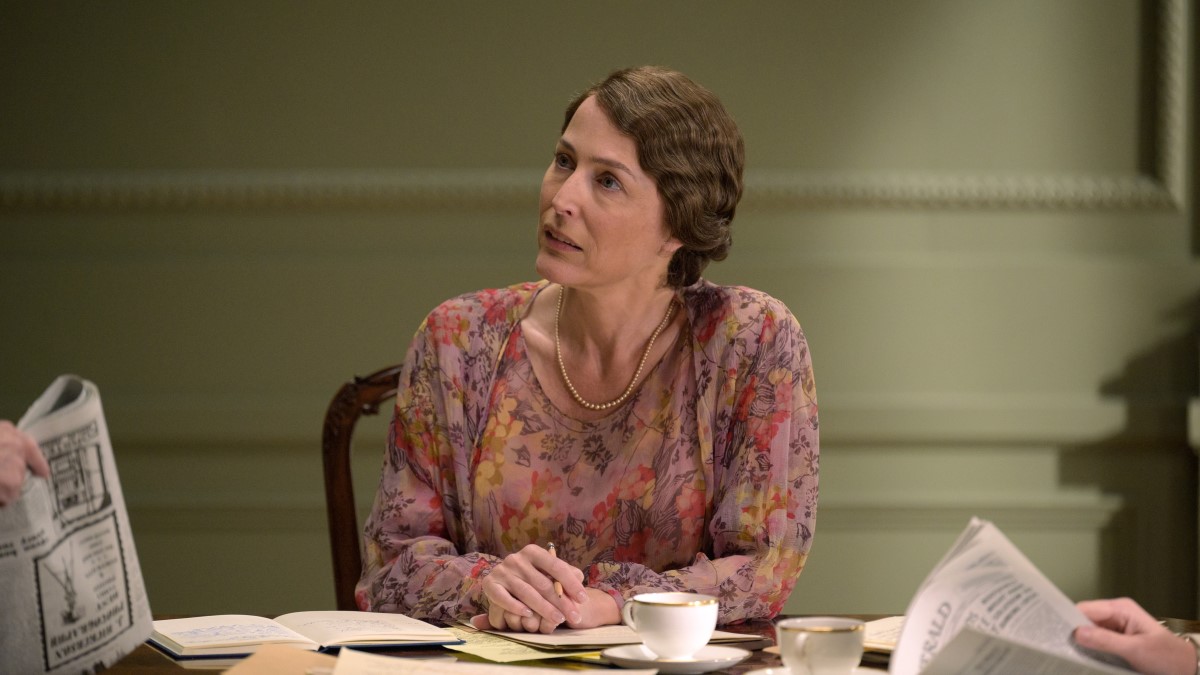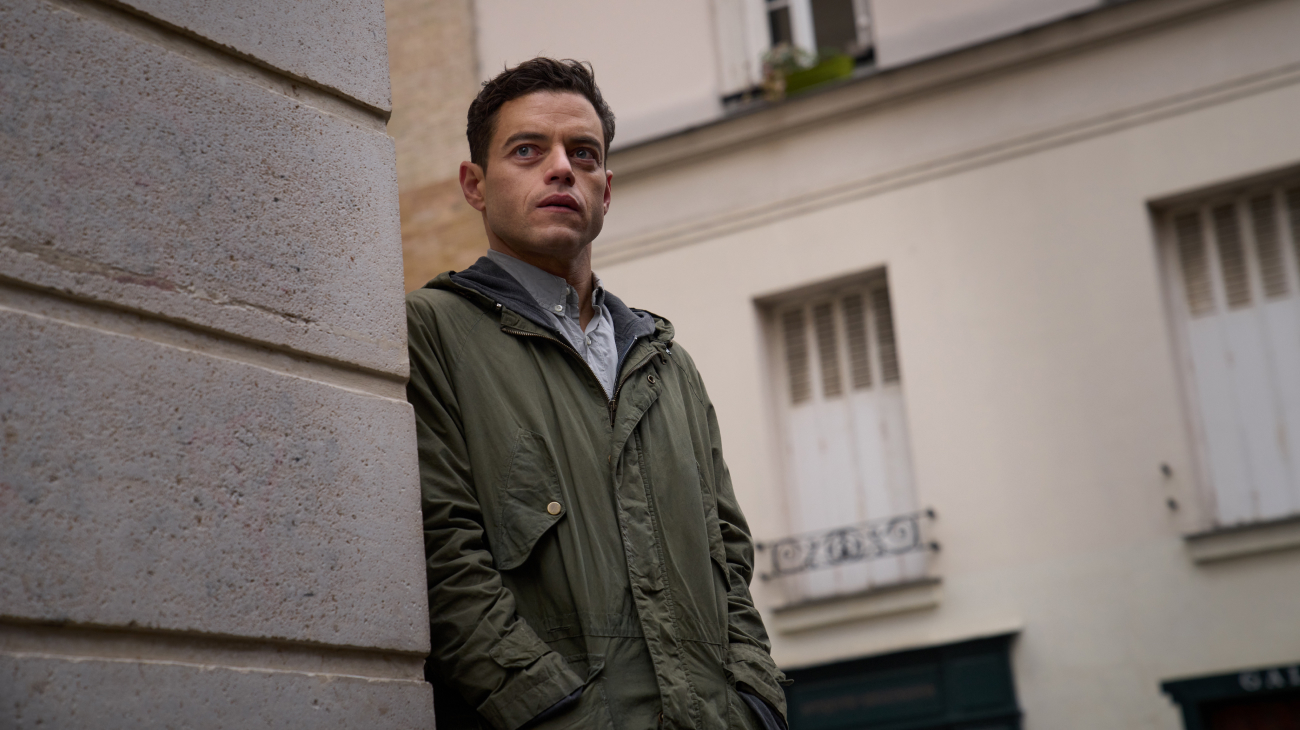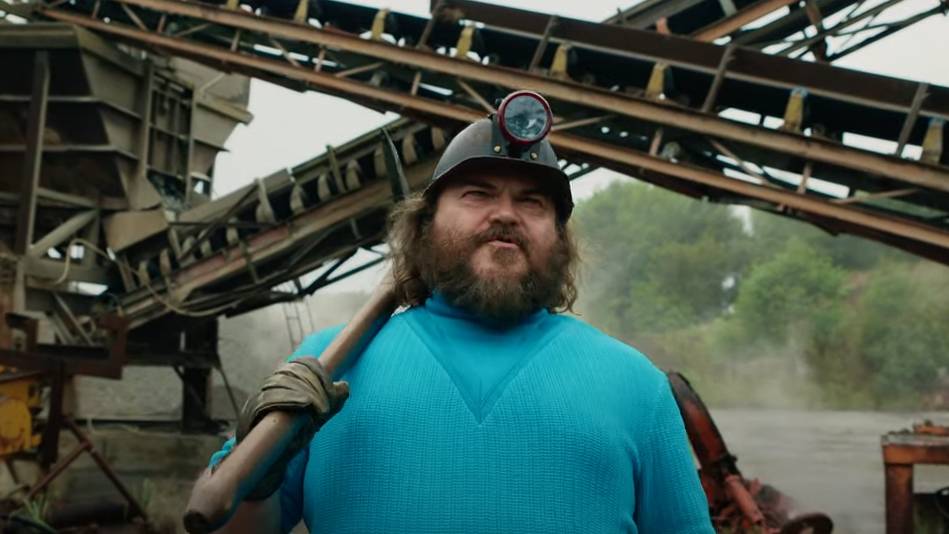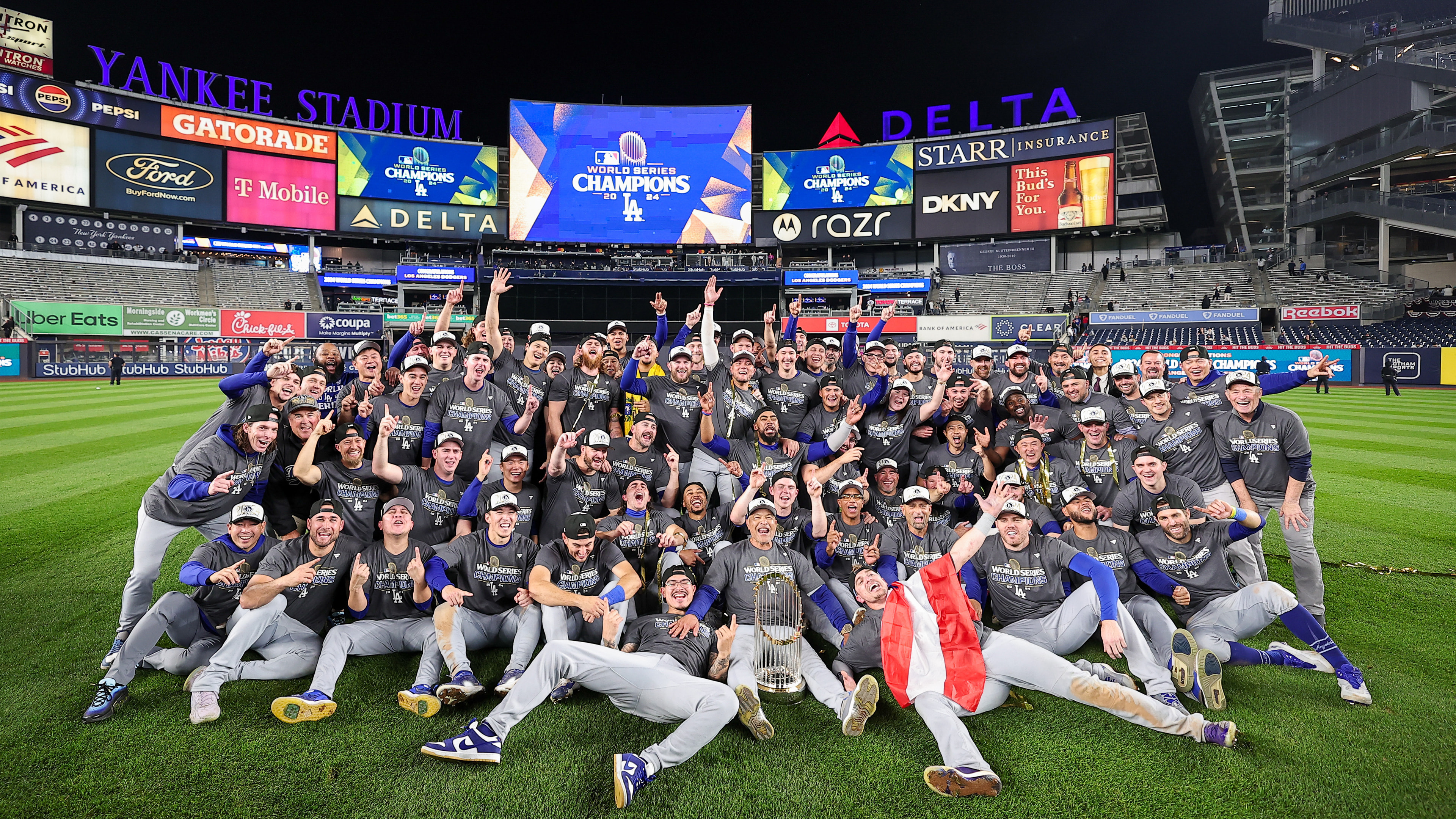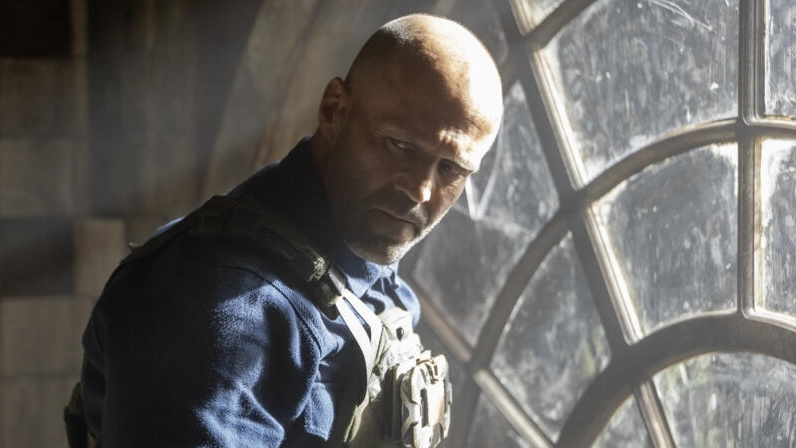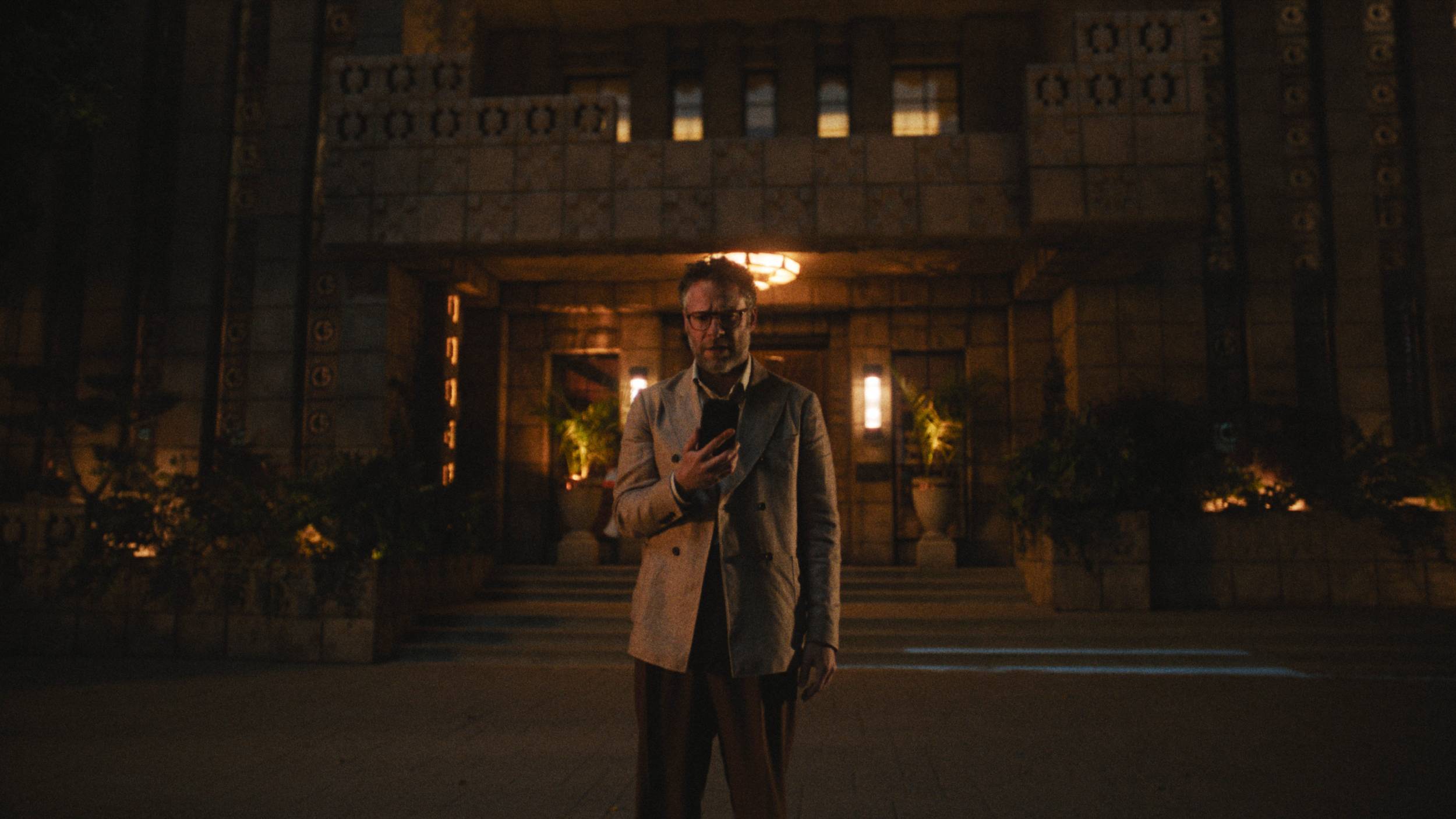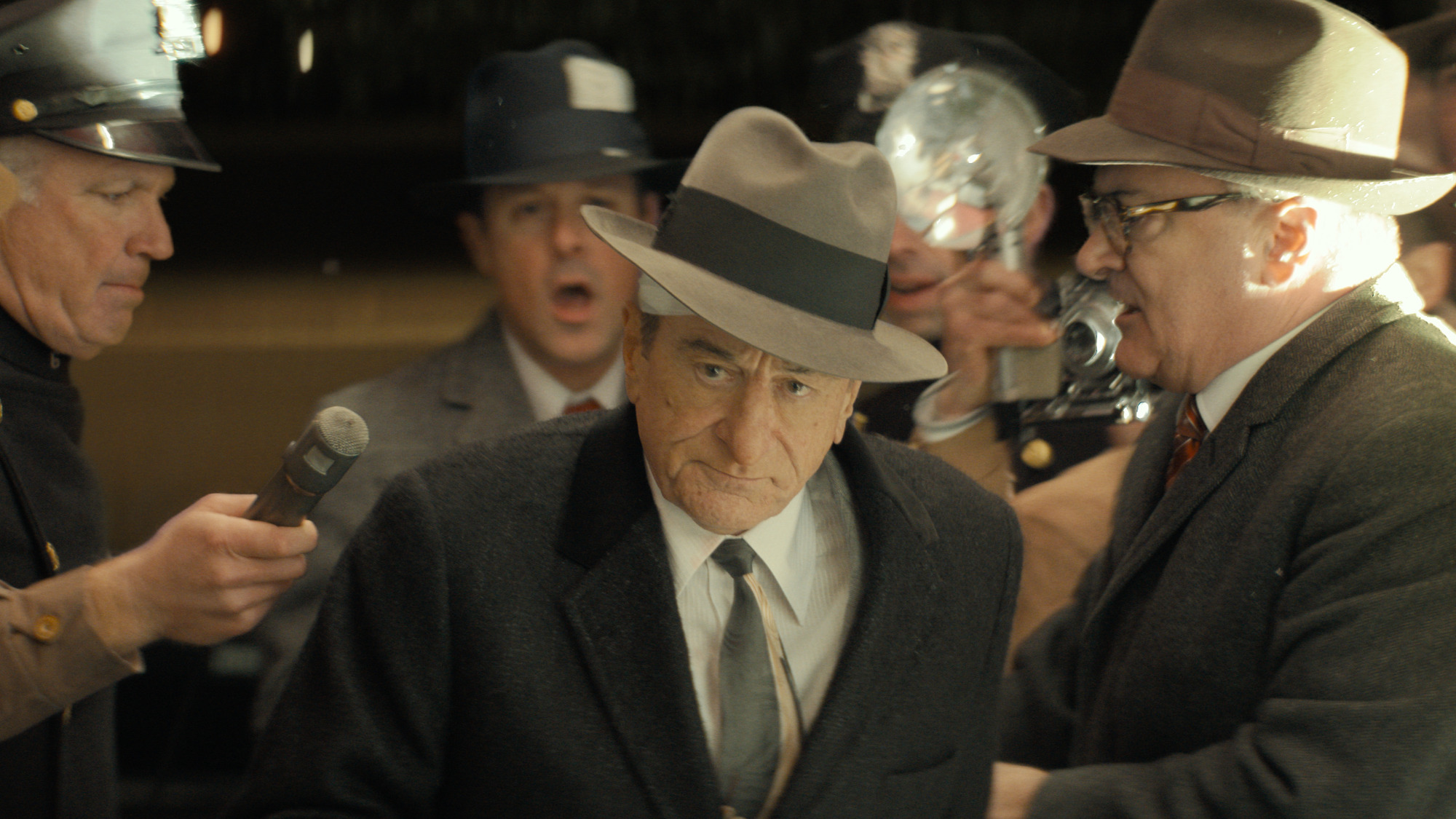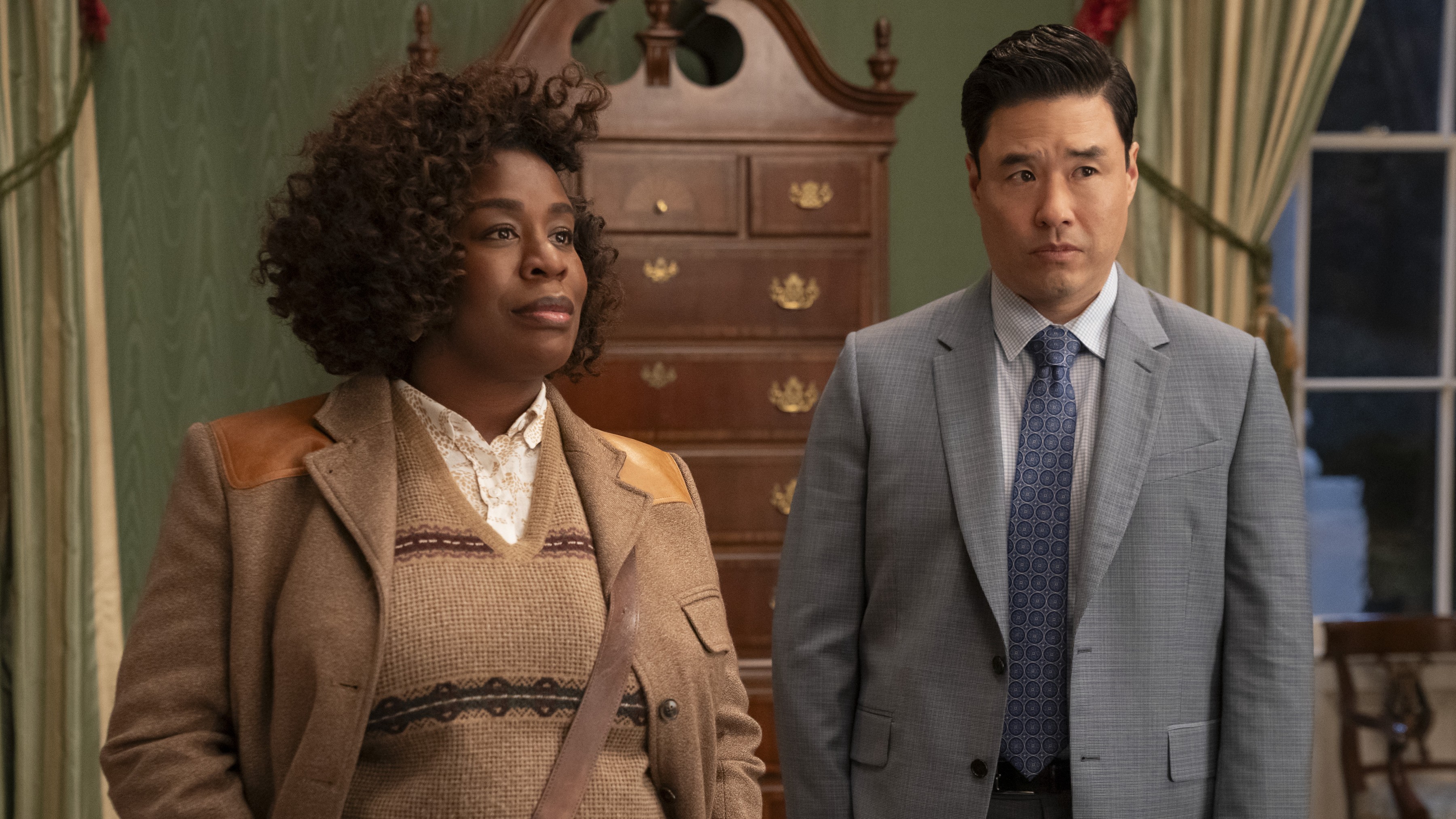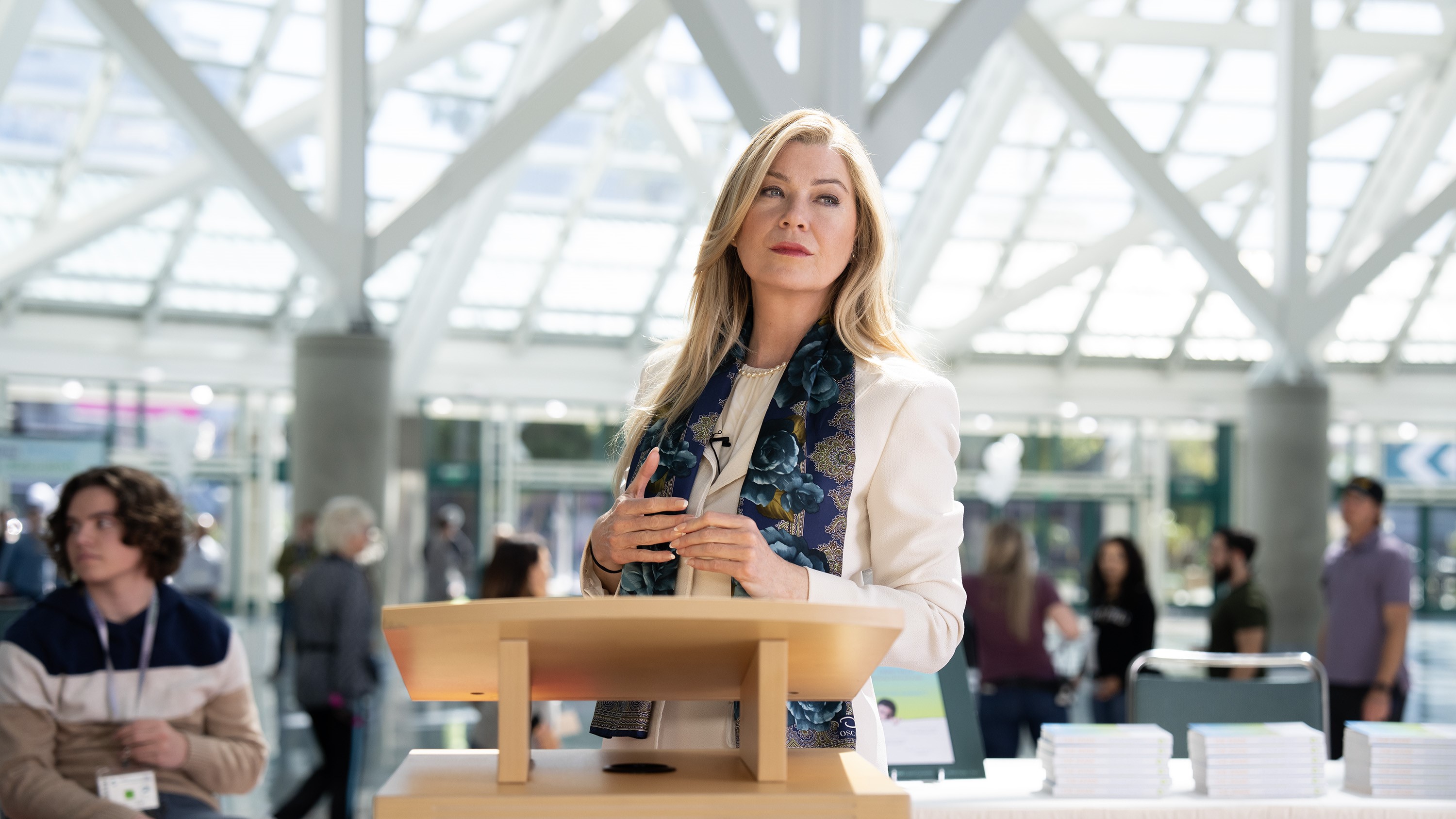What to Watch Verdict
A bumpy start that will make you long for a series dedicated to each woman.
Pros
- +
All three leads are excellent
- +
A strong supporting cast
- +
The subtle color palette shift for each timeline
- +
Use of archival footage
Cons
- -
The scattered timeline and not enough focus on each woman
- -
Gillian Anderson's distracting false teeth
- -
Some of the themes are hammered home
NOTE: This post contains spoilers for The First Lady season 1 episode 1 "The White House"
What do Eleanor Roosevelt, Betty Ford and Michelle Obama have in common? The title of Showtime’s new anthology drama The First Lady offers the obvious answer to this question. The first episode attempts to draw deeper parallels beyond the man they are married to with mixed results.
From the opening montage depicting each woman sitting for their official portrait, it is clear the series is going to bounce between the three timelines; and the whiplash sets in early. With heavy-weights like Viola Davis, Michelle Pfeiffer and Gillian Anderson depicting each woman the desire to linger with each character increases and there's a strong sense each figure could headline their own series. The connecting tissue linking the three arcs can be boiled down to how they became the first lady, a trio of distinct journeys.
After the archival footage-heavy opening credits, Michelle Obama (Davis) is shown grappling with the symbolism of the place she will call home after the historic election victory in 2008. Davis has Michelle Obama‘s recognizable voice down and she arguably has the hardest job because of how familiar the audience is with Obama’s cadence.
Laura Bush (Kathleen Garrett) gives a tour of the East Wing and Michelle (and the show) makes a point of greeting the mostly Black staff. A painting depicting a slave is lingered on and showrunner Aaron Cooley is far from subtle in the points he hammers home throughout the pilot.
Our first glimpse of Betty Ford (Pfeiffer) in 1973 is carefree and full of foreshadowing. Harry Nilsson’s "Coconut" accompanies a playful daytime cocktail-making session and this party-for-one is about to get rudely interrupted by a White House administration embroiled in scandal. Anyone with a sliver of knowledge about Betty’s alcoholism will see this scene and every other booze-laden moment as a red flag, but her celebratory mood is because she will soon embark on a politics-free life in the Palm Springs sunshine.
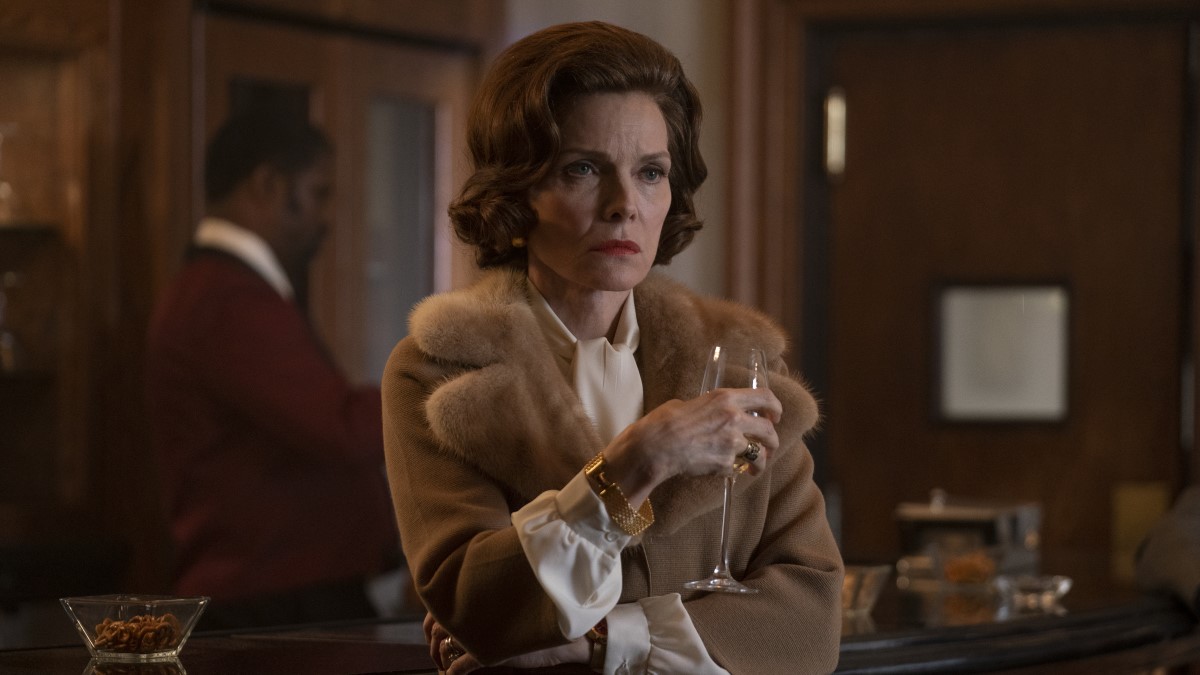
Daughter Susan (Dakota Fanning) arrives home from school and makes a point of saying, "Thank God, daddy is retiring" as CBS anchor Walter Cronkite discusses the Republican corruption mess. Again, it's rather on the nose. "So much for sunshine," Betty later quips to her husband Gerry (Aaron Eckhart) as he is tapped to be Richard Nixon's new vice president, underscoring her reluctance to become the second lady.
Eleanor Roosevelt’s (Anderson) story begins in the decade before Franklin’s (Kiefer Sutherland) election win and in the hours before polio would make his bid for the presidency seem like a pipe dream. Eleanor’s story is the one that covers the most ground and it only adds to the scattered elements of the pilot. We see her as a young girl in 1892 at her mother’s funeral, as if we needed an explanation of her resilience. It also just makes sure viewers know Teddy Roosevelt is her uncle and she has long been surrounded by political greatness.
By the time Eleanor gets to the White House in 1933, there is much to be done in fixing the financial crisis and high unemployment figures. Unfortunately, there is no place for the new first lady beyond a title she refers to as her circumstance and not a job. It is clear that each woman is not inclined to lean into the cookie-cutter expectations of this role.
Eleanor and Michelle share a drive to work, whereas Betty feels like she has served her time as a political wife across 13 campaigns. They are bound by the love they have for their husbands and a reluctance to lose their identity when entering the White House. Michelle is also concerned that Barack (O-T Fagbenle) will end up sharing the same fate as Martin Luther King Jr., Malcolm X and JFK; the Secret Service detail does little to remove the image of Jackie Kennedy’s blood-stained pink Chanel suit from her mind.
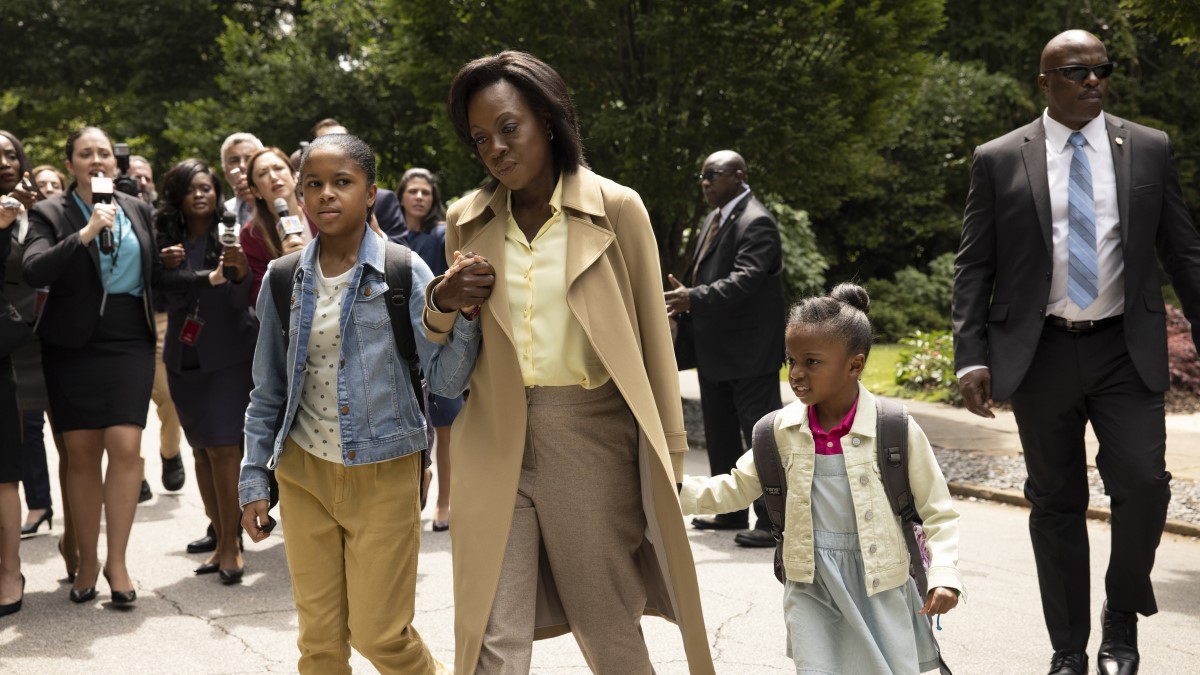
Photographs of MLK and Malcolm X hang on the wall of Michelle’s Southside of Chicago childhood home and this imagery is another pointed production design choice. However, this scene with her mother is one of the strongest and the lived-in quality of this dynamic is evident from the moment Marian (Regina Taylor) steps onto the screen. Later, when Michelle returns home to reconcile with her husband it is a reminder that Davis is an expert on-screen crier as she repeats, "Okay, I got you."
The issue in this first episode isn’t the performances — which are all excellent — rather it's the slightness of each story that is allowed no room to breathe before bouncing to another era. Yes, it's early days, but it isn’t a good sign each section feels akin to reading a Wikipedia entry. Imagining the private lives of these extraordinary women is part of the appeal and yet it's all so fleeting in this format.
Betty receives the strongest start and benefits from a more condensed timeline, which depicts her attempts to show compassion and transparency. A speech at the Congressional Club highlights her willingness to discuss taboo topics like mental health. When she becomes the second lady, Betty goes against the advice of Donald Rumsfeld (Derek Cecil) and is the only person from Nixon’s administration that attends Alberta King’s funeral. Pfeiffer runs the gamut between nervous and headstrong, again begging the question why this anthology series couldn’t dedicate a season to each woman. That's why The First Lady’s opener is a bit of a letdown.
Director Susanne Bier does a solid job in capturing each storyline and the different color palettes to portray each time period are subtle. The supporting cast boasts several big names that don’t overshadow the three leads and the use of archival footage adds an authenticity that doesn’t pull focus. However, there are other distractions, such as Anderson’s false teeth, and it takes a few beats in each scene to become accustomed once again. It's a bumpy start to the glittering new Showtime series and another challenge for the titular characters to overcome.
Watch The First Lady on Showtime in the US and in the UK you can now stream it on Paramount Plus.
Emma Fraser spends most of her time writing about TV, fashion, and costume design; Dana Scully is the reason she loves a pantsuit. Words can also be found at Vulture, Elle, Primetimer, Collider, Little White Lies, Observer, and Girls on Tops. Emma has a Master’s in Film and Television, started a (defunct) blog that mainly focused on Mad Men in 2010, and has been getting paid to write about TV since 2015. It goes back way further as she got her big start making observations in her diary about My So-Called Life’s Angela Chase (and her style) at 14.
